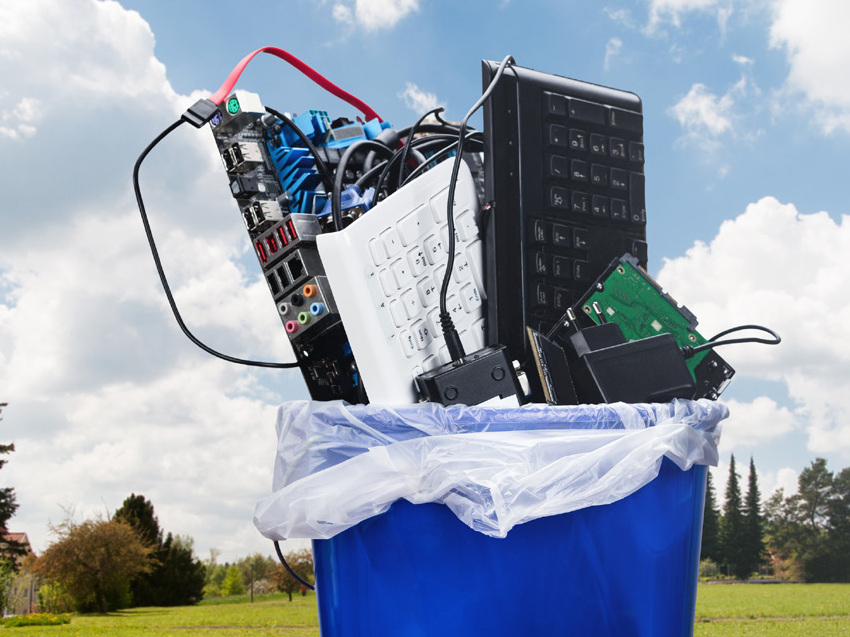E-waste and the hazardous impact on its trail

E-waste, also known as digital waste, refers to electronic products that are unwanted, not working, and nearing or at the end of their ‘useful life’. Computers, televisions, VCRs, stereos, copiers, and fax machines are everyday electronic products.
The ongoing challenge of how best to dispose of used and unwanted electronics isn’t a new one and dates back at least to the 1970s. But a lot has changed since then, particularly the number of electronics discarded today with the increased growth in innovation and technology. E-waste negatively impacts the environment because of the toxins that it contains. Therefore, they need to be disposed of well.
The green waste recycling centre has highlighted the impacts of E-waste:
- E-waste negatively impacts soil – First, e-waste can have a damaging effect on a region’s soil. As e-waste breaks down, it releases toxic heavy metals. Such heavy metals include lead, arsenic, and cadmium. When these toxins leach into the soil, they affect plants and trees growing on the soil. Thus, these toxins enter the human food supply chain, which can lead to birth defects as well as health complications.
- E-waste negatively impacts water – E-waste that is improperly disposed of by people or industries leads to toxins leaking into groundwater. This groundwater is what lies under many surface streams, ponds, and lakes. Many animals rely on these channels of water. Thus, these toxins can make the animals sick and cause imbalances in the planetary ecosystem. E-waste can also impact human health. Toxins such as lead, barium, mercury, and lithium are also considered carcinogenic.
- E-waste negatively impacts air – When e-waste is disposed of at the landfill, it’s usually burned by incinerators on site. This process can release hydrocarbons in the atmosphere, which pollutes the air that many animals and humans rely on. Furthermore, these hydrocarbons can contribute to the greenhouse gas effect, which many scientists think is a leading contributor to global warming. In some parts of the world, people sift through landfills in order to salvage e-waste for money. Yet, some of these people burn unwanted parts such as wires in order to extract copper, which can lead to air pollution as well.
From growing volumes and categories of e-waste used by modern society and the rapid turnover of e-waste in Kenya with the accompanying burden on the waste stream, E-Waste Initiative Kenya has taken important steps to reduce negative effects emanating from toxic chemicals in many e-waste components that pose a risk to human and environmental health, through public awareness of e-waste and adaptation of latest best practices on e-waste management issues.

